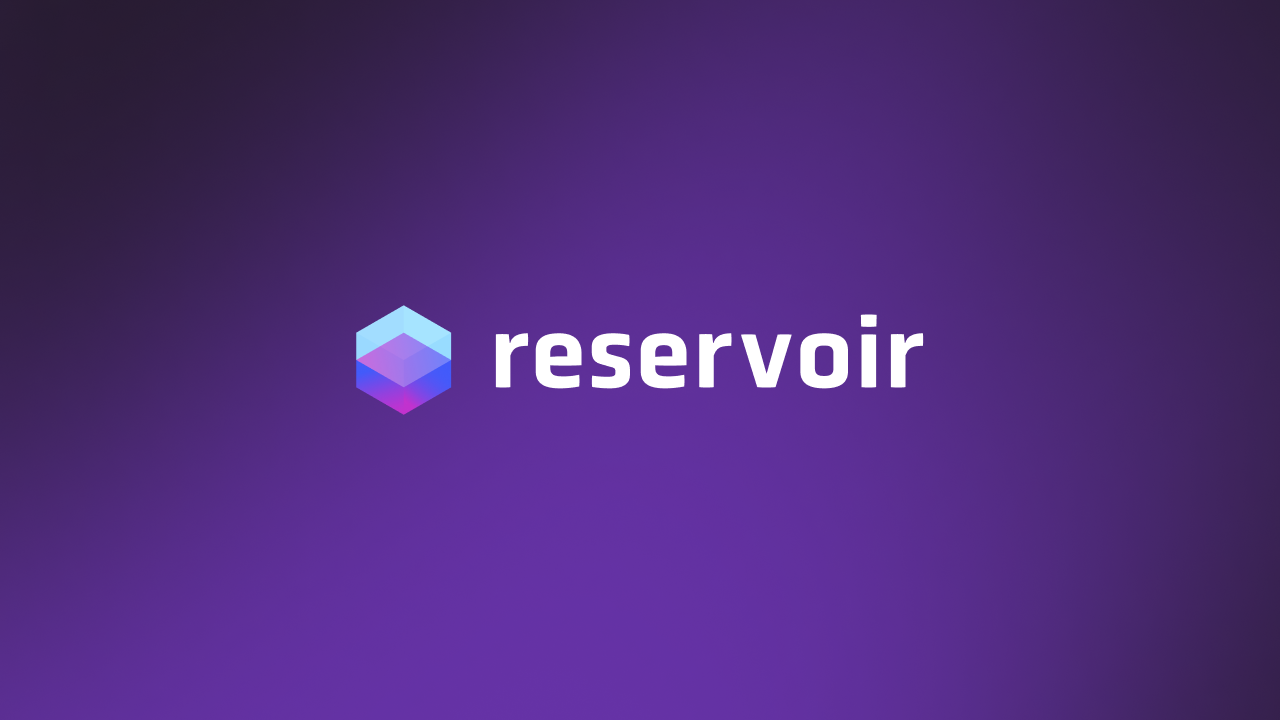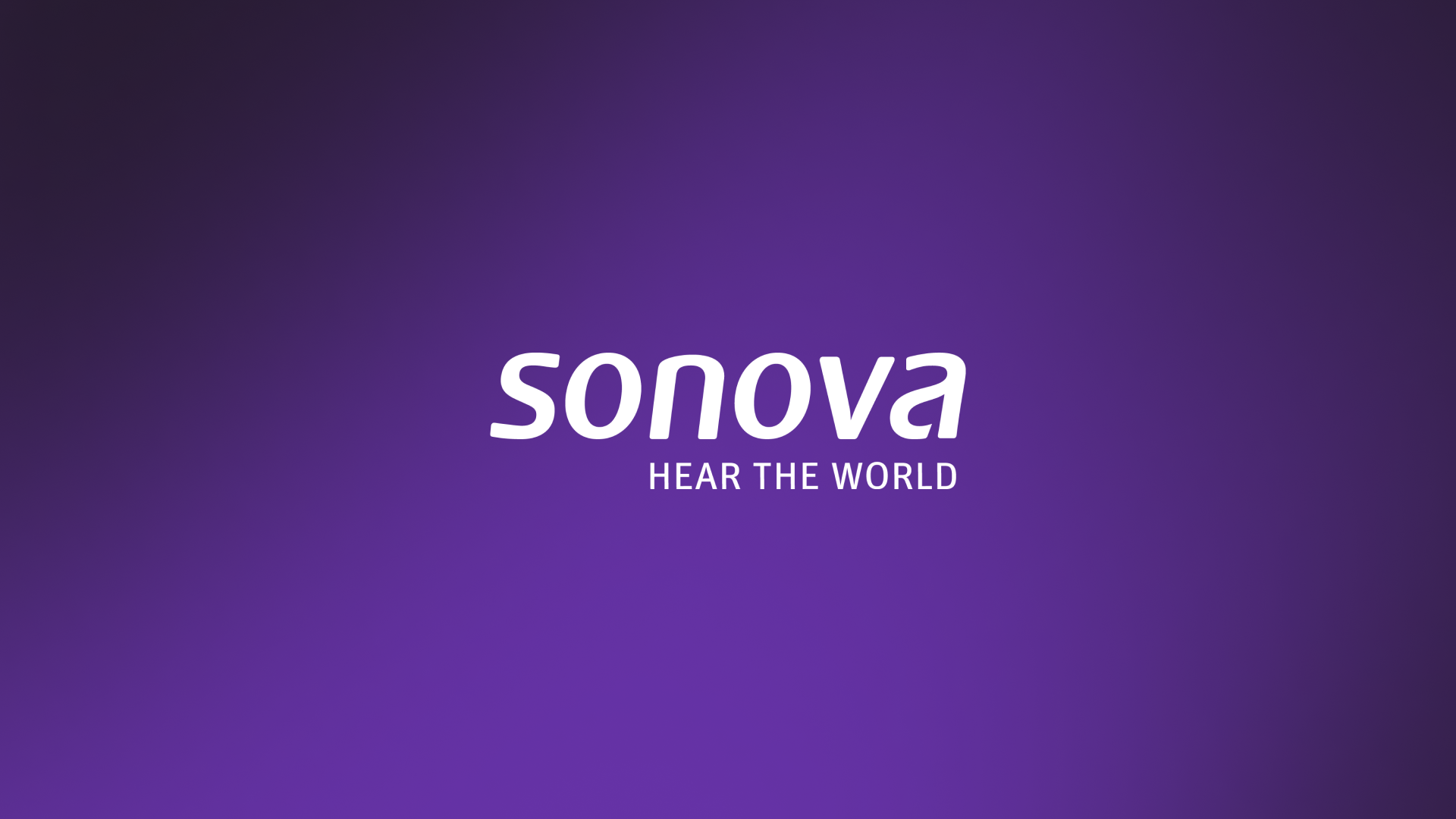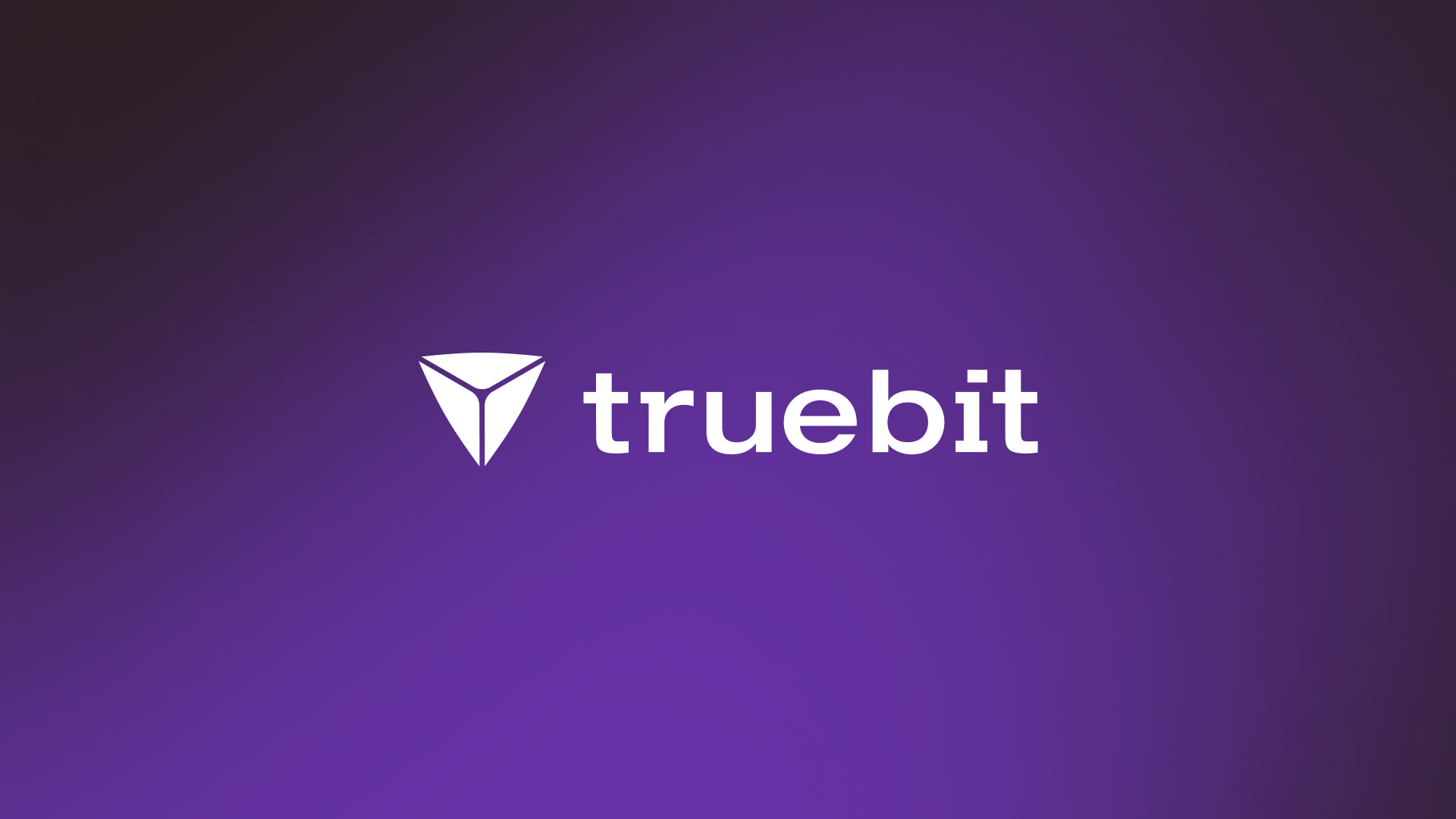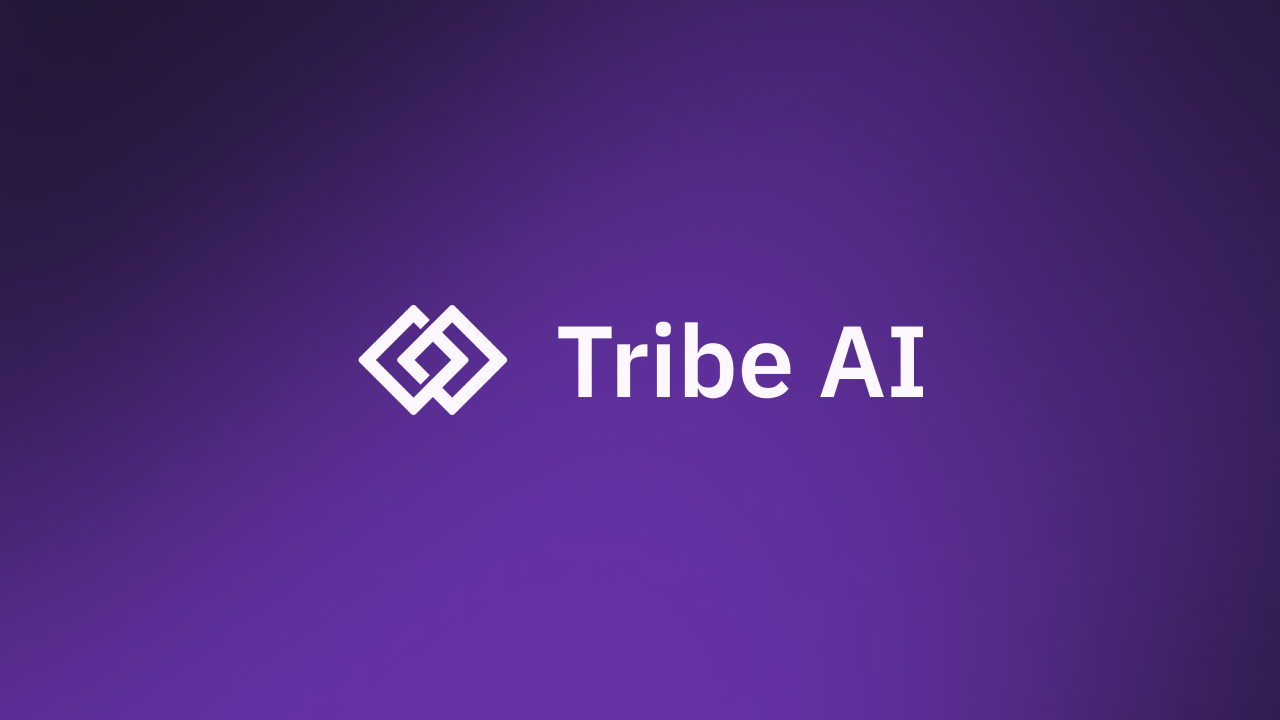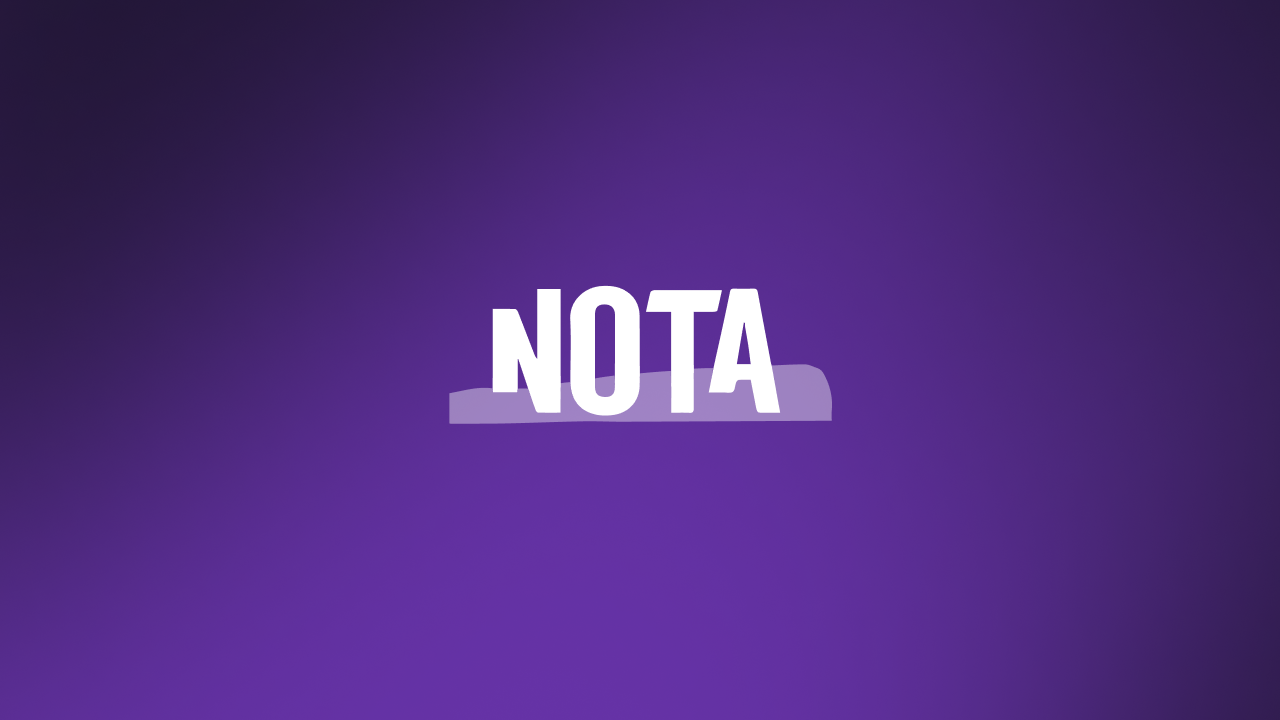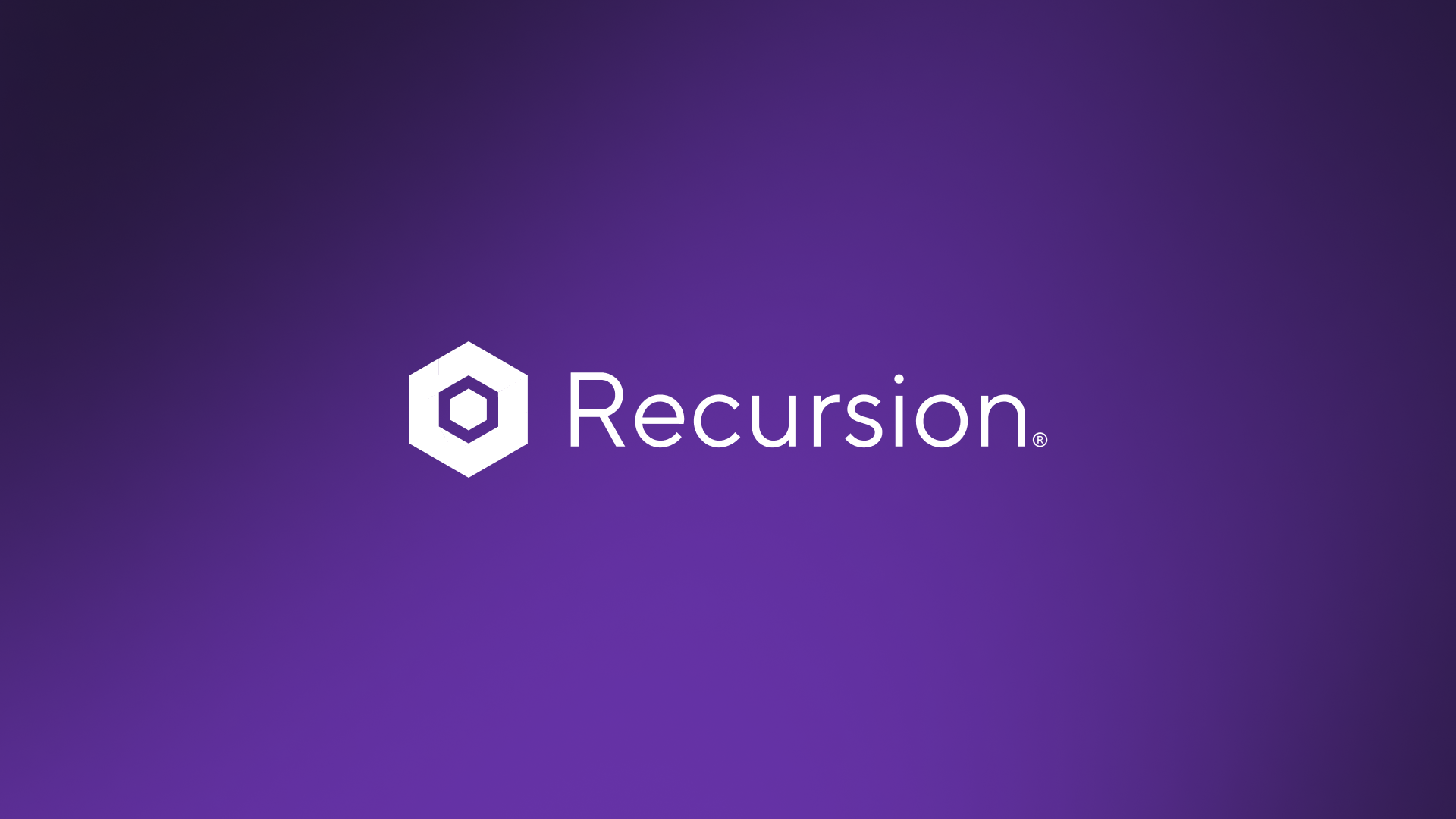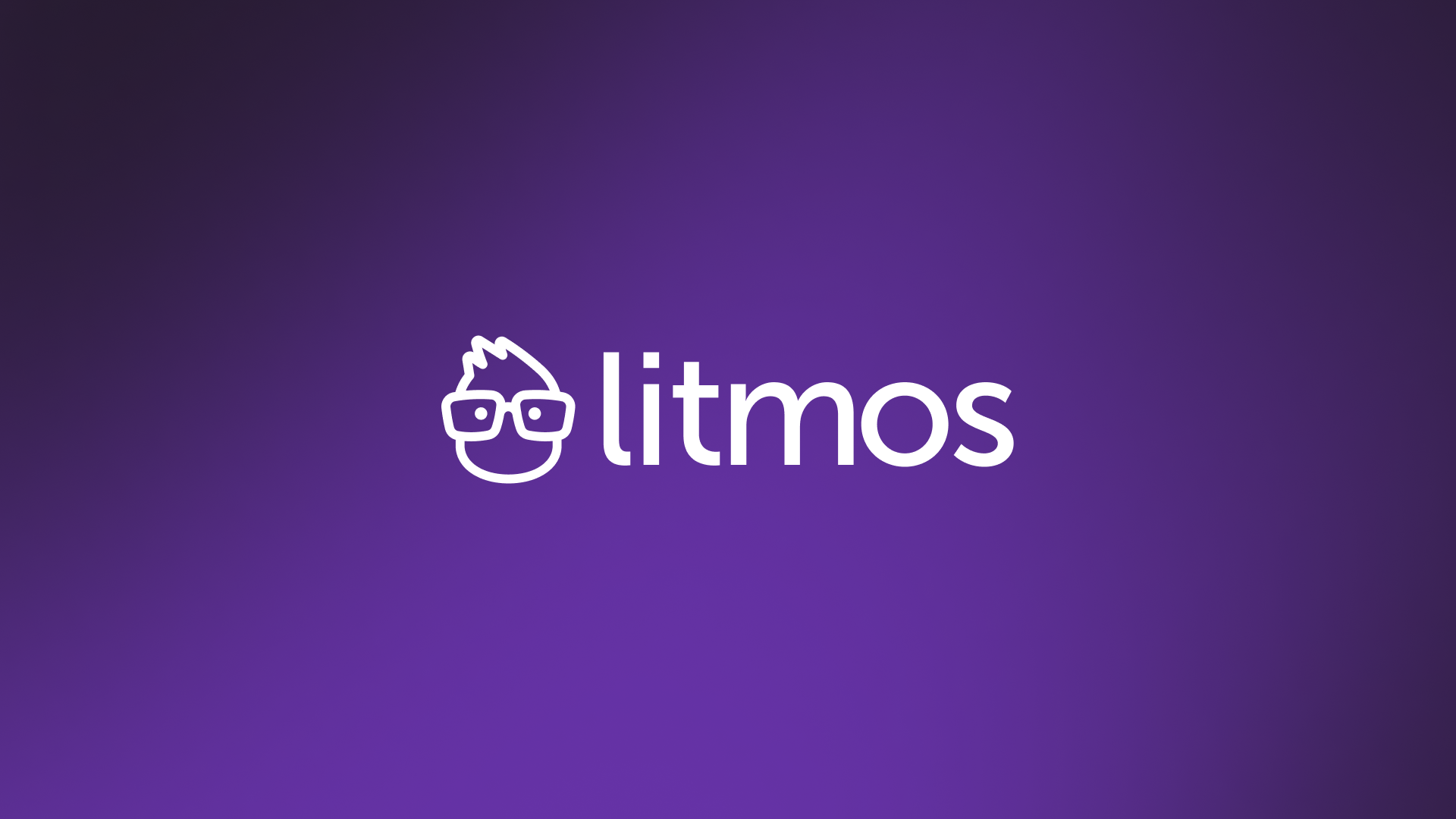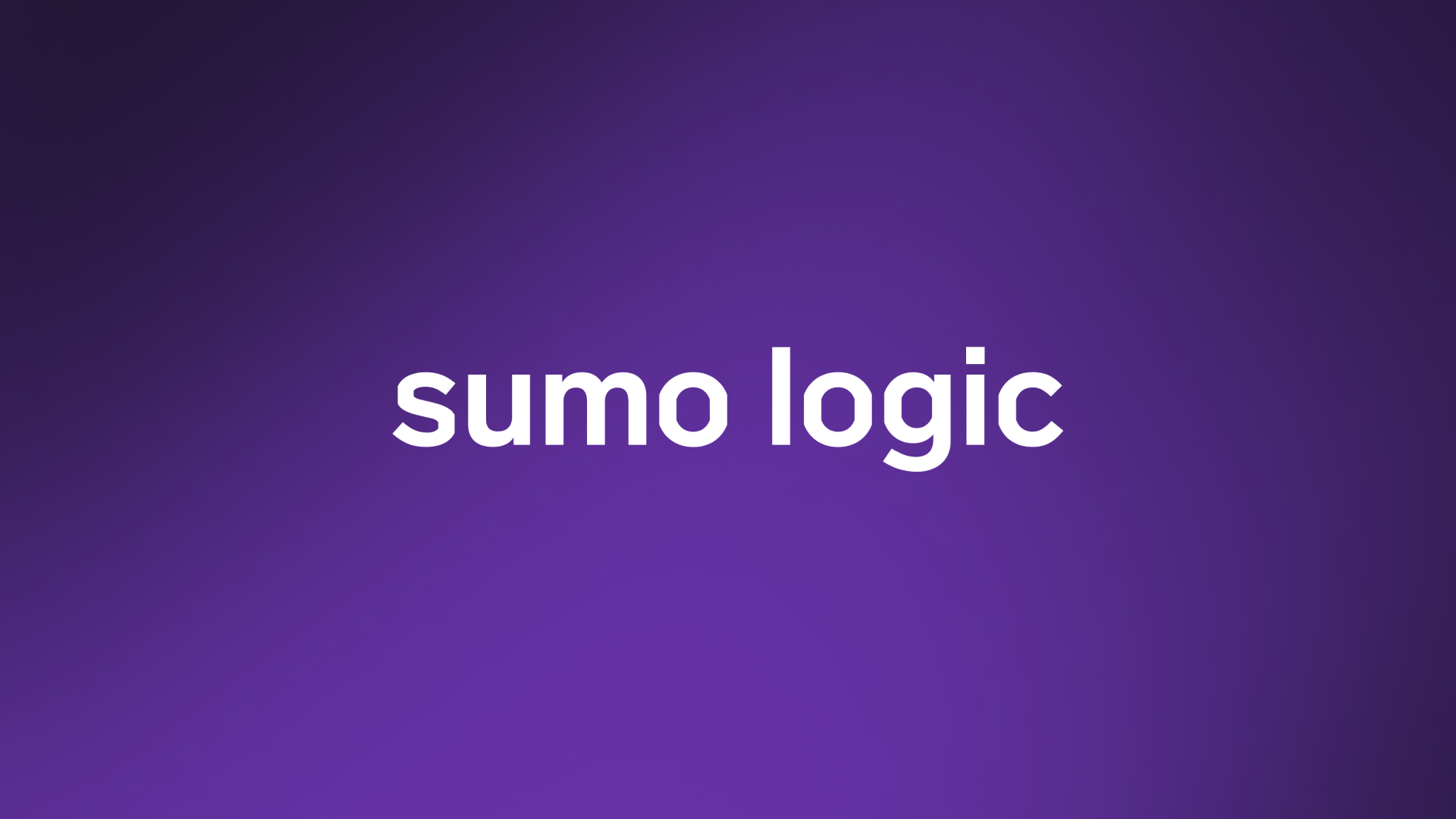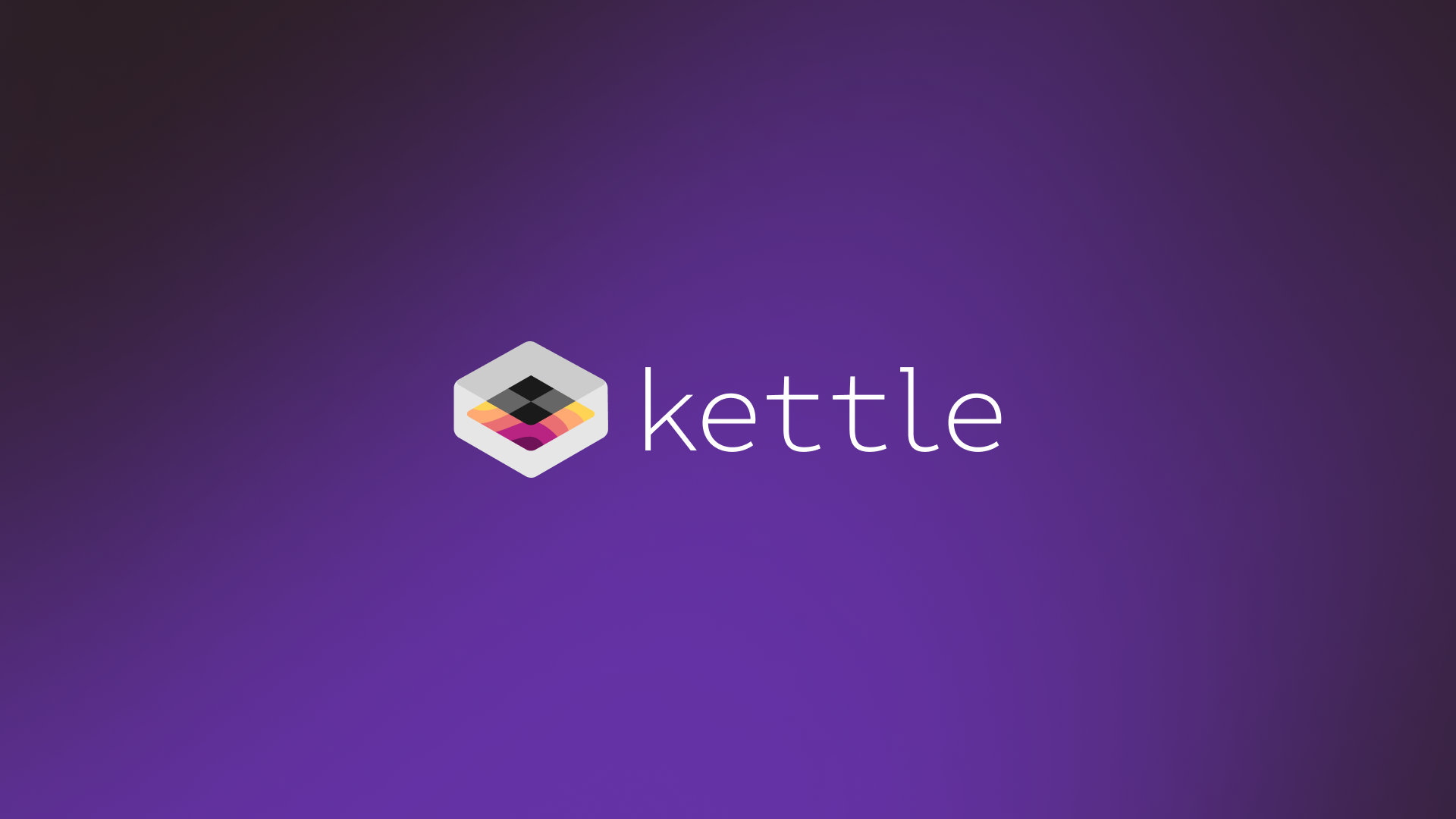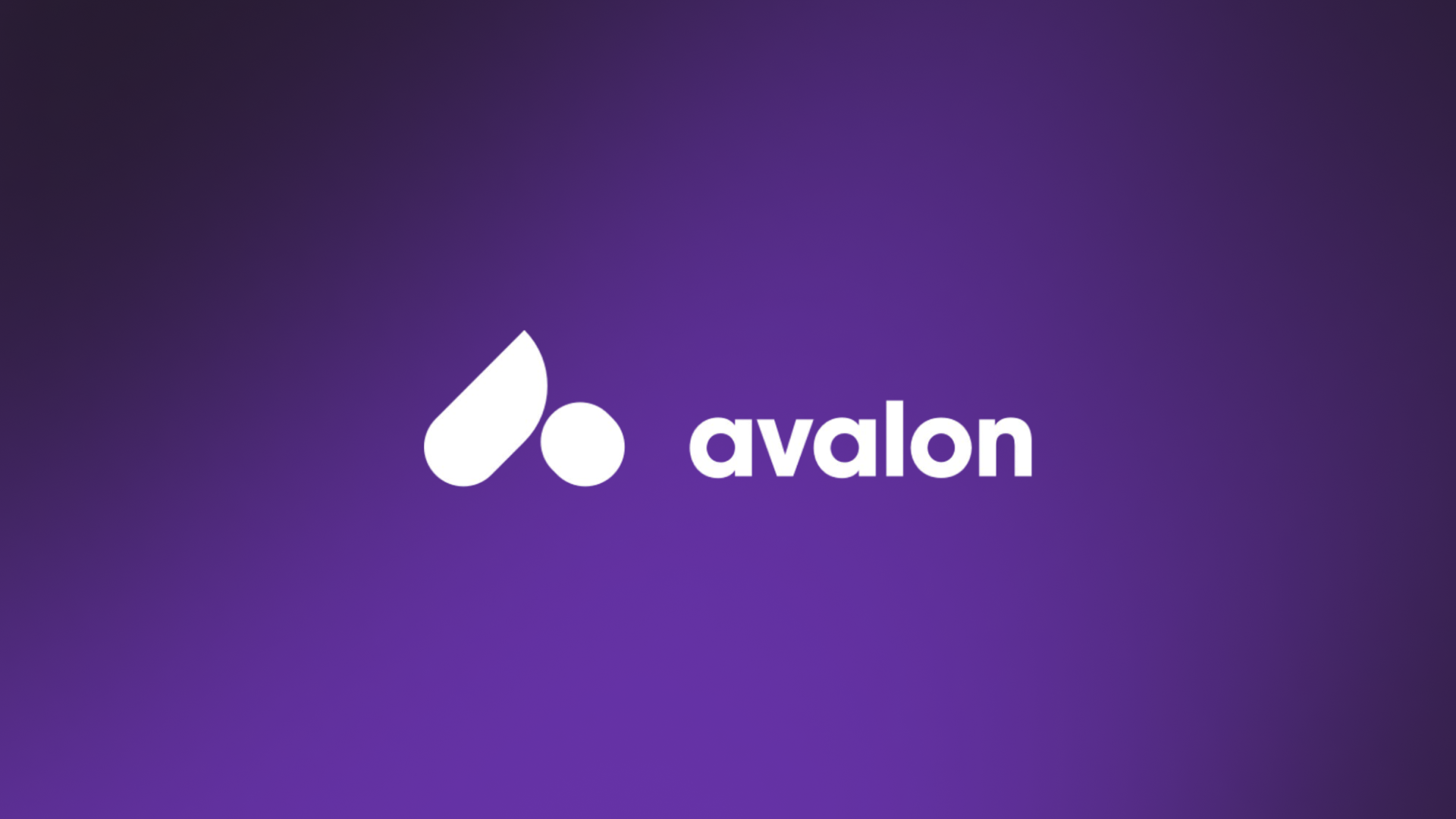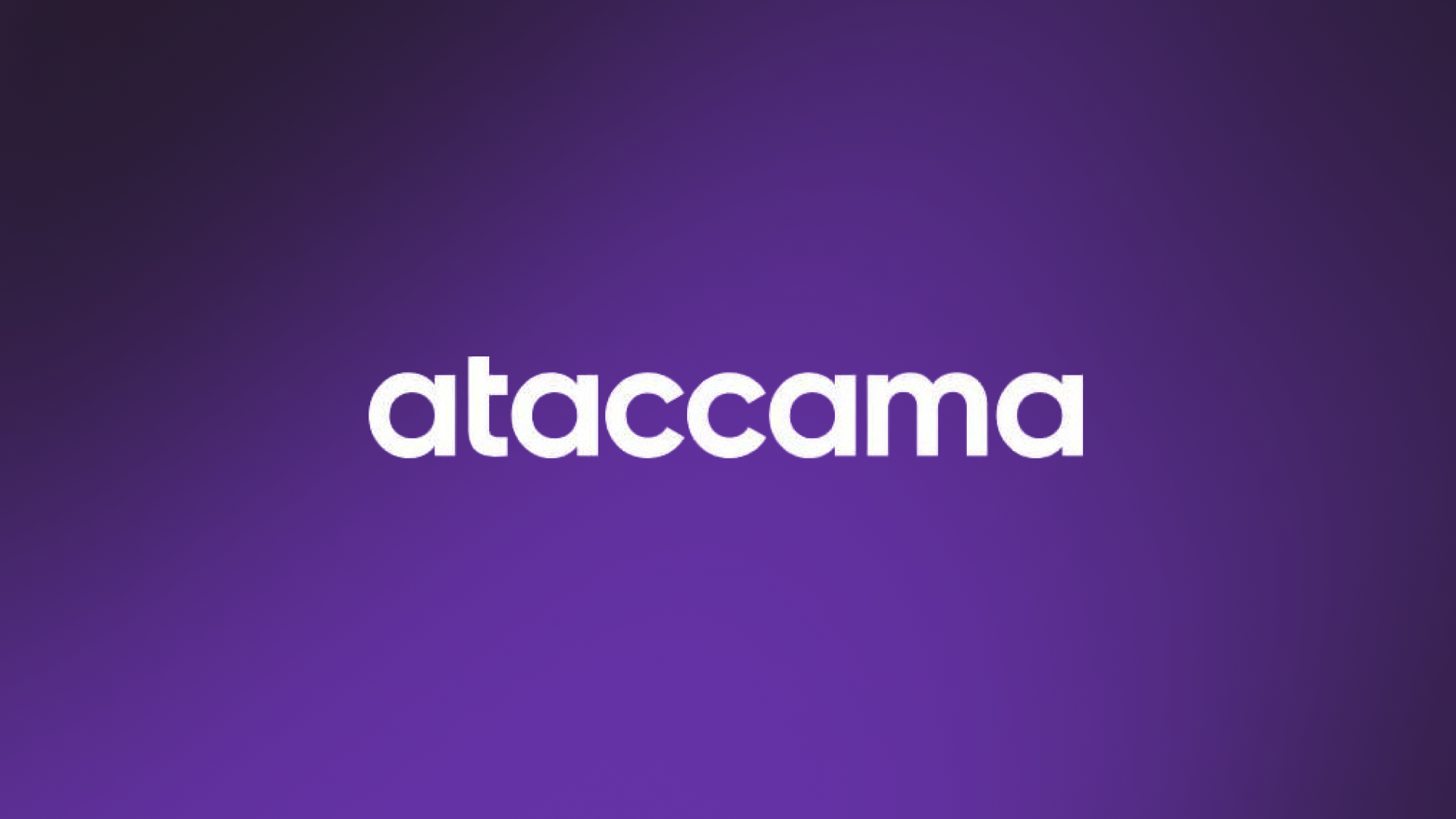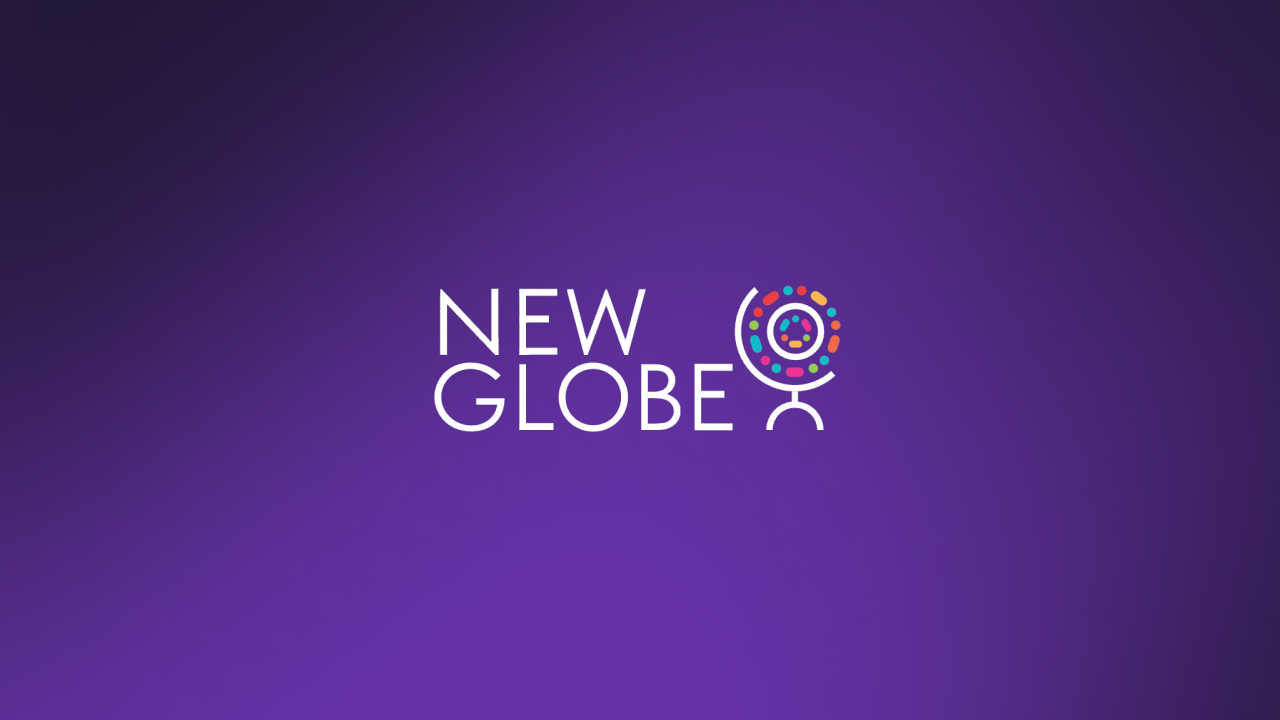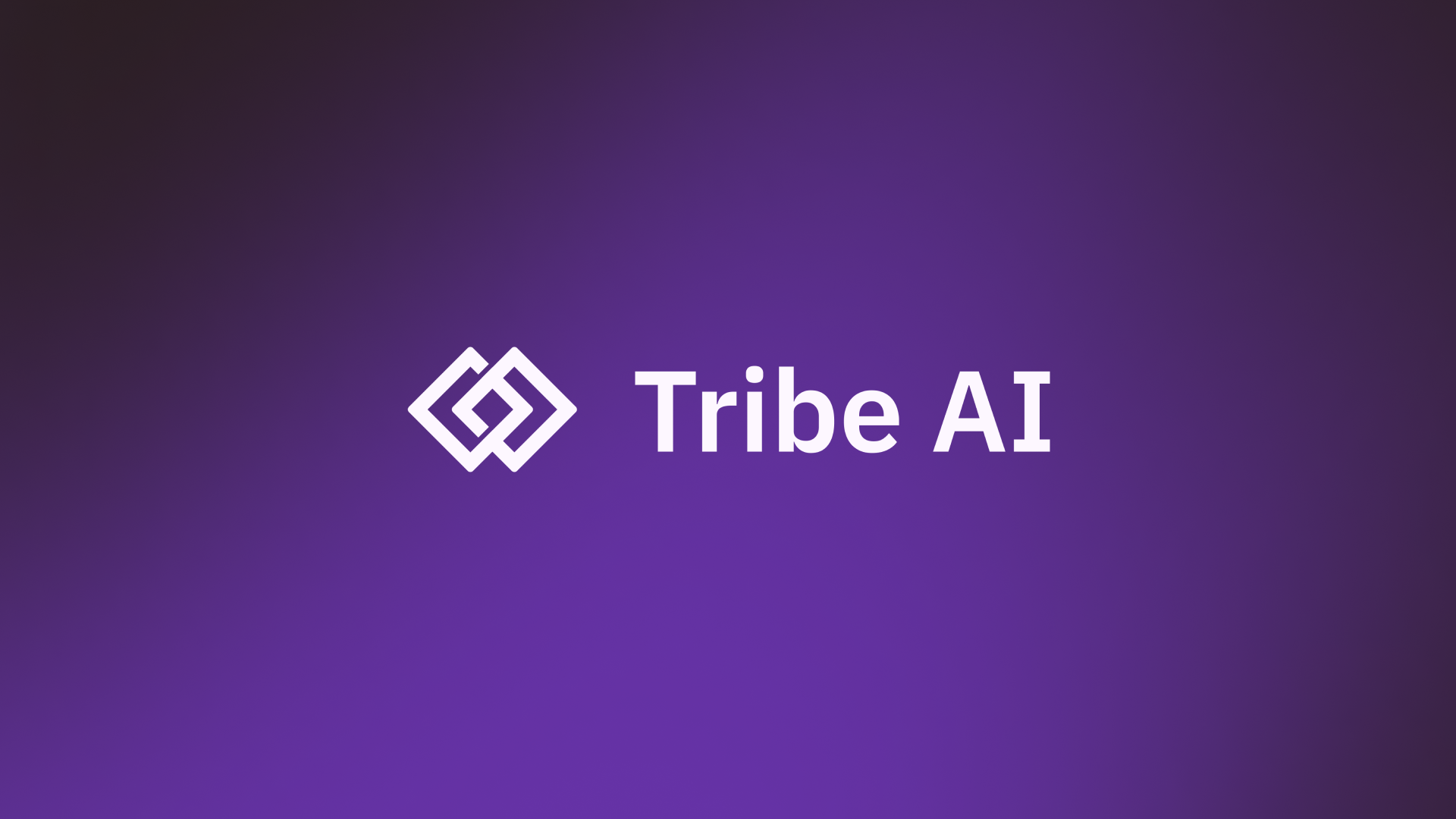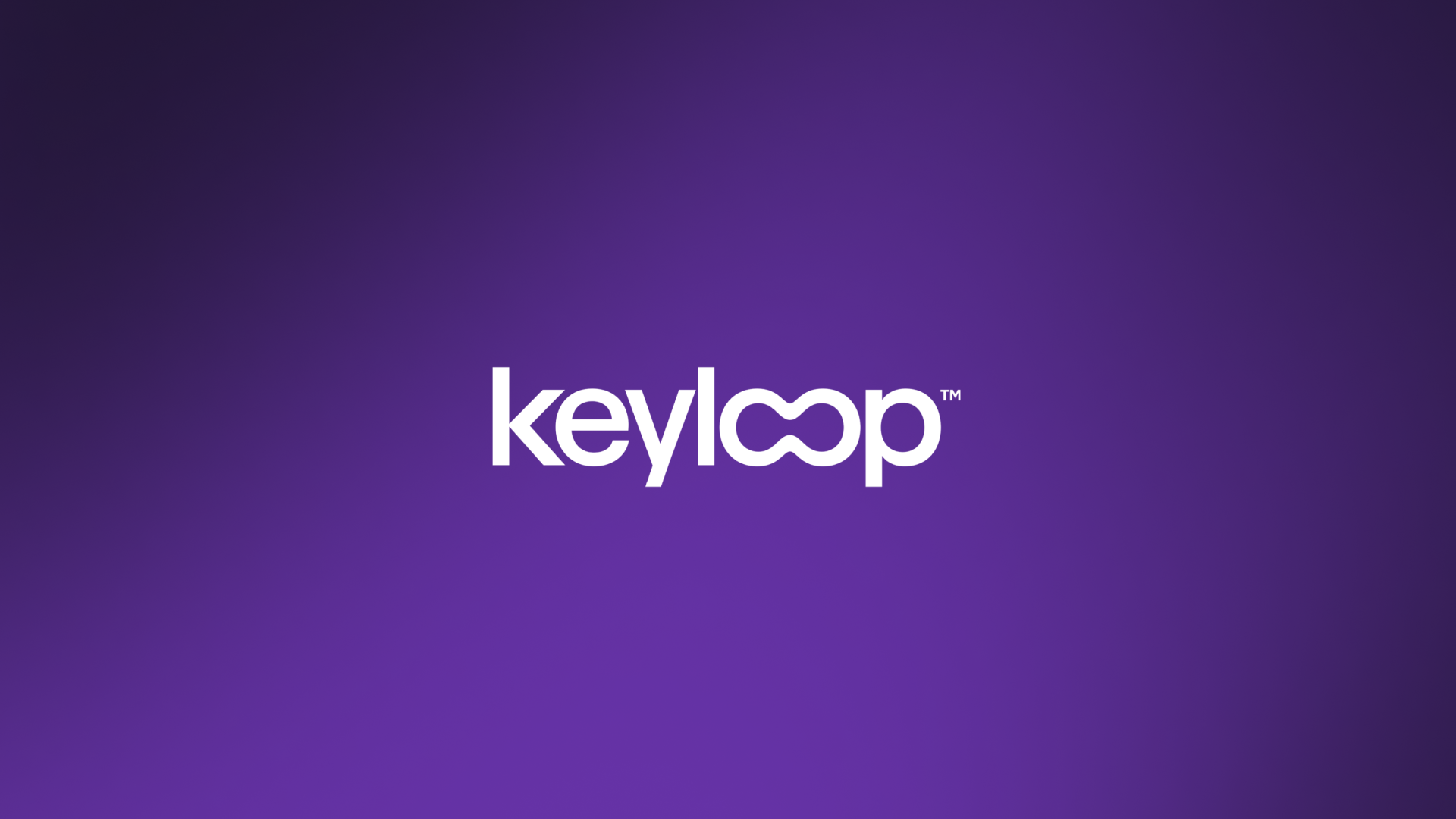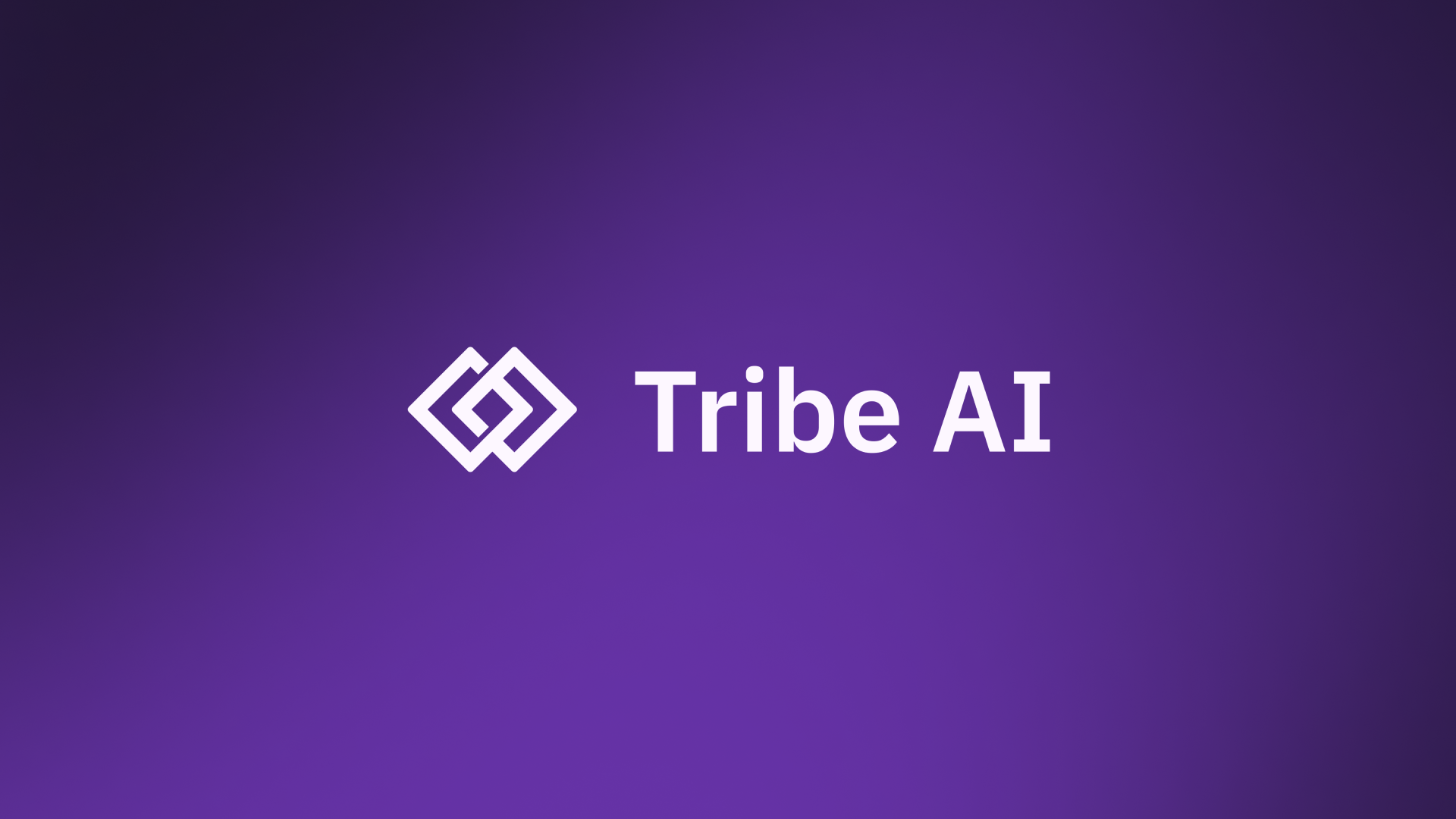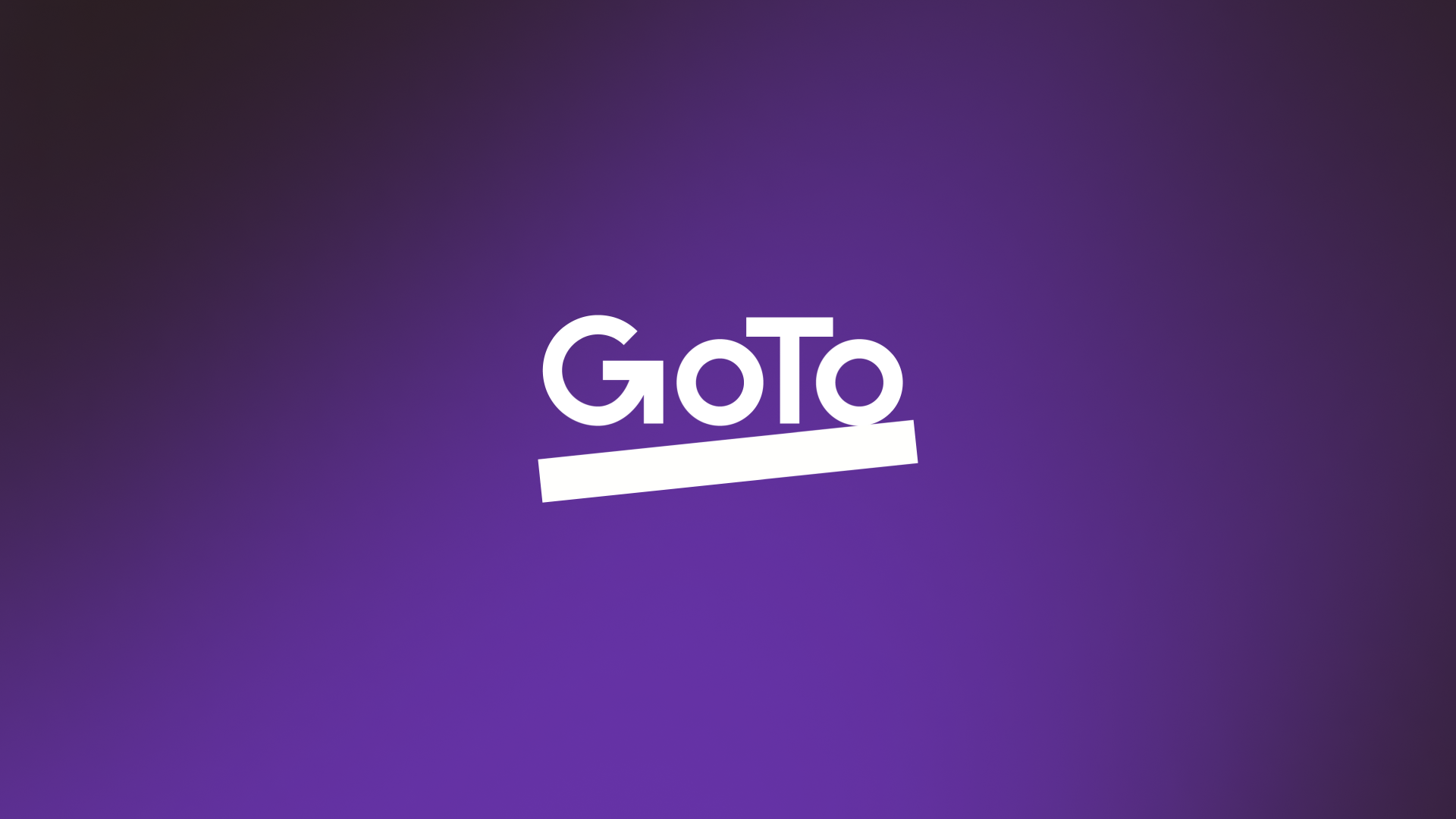.png)
It’s projected that in 2027, 86.5 million people will be freelancing in the US (up from 58 million in 2022). That’s a little more than half (50.9%) of the total workforce in the US. And yet most of our work systems are set up for full time workers – withholding taxes, managing health benefits – so despite the record number of freelancers (and record number of companies employing contractors) there are still a lot of pain points to solve.
Enter: Wingspan.
Wingspan is a cloud-based financial platform that erases all the worst parts of freelancing – taxes, benefits, accounting, invoice & expense tracking, registering an LLC, even tax withholdings – all with the ease of a payroll platform. (Disclaimer: Tribe was a Wingspan customer before we ever worked on their product, so can vouch for all the headaches it saved our independent collective of technical talent 🙏.)
“Self-employed consultants are deeply underserved by the tools out there right now,” said Anthony Mironov, Wingspan Co-founder and CEO. “We built Wingspan as a platform to empower these specialists, and we saw a huge opportunity to leverage ML as a competitive advantage that will save our members even more time and money.”

Finding the ML dream team
“It made sense to work with Tribe on many levels,” said Mironov. “For one, we knew we didn’t need a full time AI team today, but we needed our core product to be AI-enabled. And, as a company, we’re obviously very comfortable working with distributed teams and freelancers – we just wanted the best talent.”
Wingspan and Tribe decided on a two-part project that would be completed in 8 weeks. First, the Tribe team would develop and evaluate a Proof of Concept (PoC) model that would predict the accounting categorization of a given transaction. This PoC would not only improve the current product, but serve as a starting point for building an ML-enabled platform and lead naturally to the second part of the project: a multi-year AI roadmap.
“We’ve always taken a platform approach to our product, rather than thinking narrowly in terms of one project,” said Mironov. “We’re a FinTech platform so this is really important in terms of risk and fraud detection, but also allows us to think about how this builds toward a future where all this stuff – the boring stuff – happens invisibly.”
The next step was to assemble the team. There were three key areas of expertise a team would need to drive a successful outcome:
- Professional experience in the financial sector
- Deep expertise in NLP and ML-based classifications
- A strong command of Google Cloud Platform, Wingspan’s home in the cloud
Drawing on its network of 200+ experts, Tribe tapped Mathias Peters, ML engineer, and Kilian Kluge, technical lead, for the 8-week project. In addition to a background in financial consulting, Kluge and Peters have nearly 15 years’ combined experience building a range of ML-based classification models and NLP projects. They also have deep expertise implementing data infrastructure on the Google Cloud (GCP) Platform and working closely together on consulting projects in finance. They’re even building their own startup, Inlinity, which utilizes Explainable AI to bring AI to regulated and risky domains where black box models are not acceptable.
“Success with machine learning and data at the organizational level is iterative by nature. So you have to make sure you’re not building a PoC just because it’s shiny tech. The focus needs to be on improving the product above all else.”
Kilian, Tribe Technical Lead

From 0 to 1 in 8 weeks
“Our approach was to consciously build something as easy as possible and be able to iterate as quickly as possible,” said Mathias, the Tribe ML engineer on the project. “We went with GCP’s Vertex AI as our ML platform because it’s fully managed and is the perfect solution for Wingspan right now.”
The Tribe team built a PoC that would correctly classify Wingspan users’ transactions as either business or personal expenses. For all business transactions, the PoC would then determine whether it was an expense, income, or a transfer, assigning these to the appropriate tax category. The PoC would continue to learn using metrics validated by key stakeholders and get more accurate over time, fully automating what can be a tedious and manual process for Wingspan users (as users of any accounting software can attest).
The Tribe team worked closely with Wingspan’s Tech Lead to not only build the classifier PoC, but to identify how their work could go beyond this initial PoC to give the Wingspan team insights into their business and needs for the future.
“We did the work in a way that would take extra load away from central resources, remove bottlenecks, and make the Wingspan team more autonomous around data and machine learning,” said Peters. “We took an organizational approach where we focused the PoC around what the biggest bang for their buck is right now, but taking into account future resources.”
“Success with machine learning and data at the organizational level is iterative by nature. So you have to make sure you’re not building a PoC just because it’s shiny tech. The focus needs to be on improving the product above all else.”
.png)
Drafting an AI roadmap
Building the PoC, gave the Tribe team the deep insights into Wingspan’s users and business they needed to draft an AI roadmap that would allow the leadership team to weigh infrastructure investments and future ML use cases against business priorities and resources.
“We drafted the roadmap at the later stages of the project, once we had amassed all the learnings from previous sprints”, said Kluge. “That way we were able to take into account not just the future use cases they wanted, but also all the infrastructure and data challenges we faced during the project that would need to be addressed.”
The Tribe team was able to identify where Wingspan needed more consistent data on user behavior and more visibility into how users interact with the platform. For example, through collecting granular feedback on where users make corrections to the automatic classification of transactions, the transaction classifier can be refined.
The Tribe team also took into account where Wingspan needed to invest in infrastructure, highlighting where improving the architecture and organization around data can save the company significant time and money. The roadmap also highlighted the most valuable use cases for ML moving forward, how to roll them out incrementally, and set future data and analytics teams up for success.
“Everything about this project was excellent,” said Mironov. “The Tribe team was so collaborative, they really went in depth and kept stakeholders in the loop. They weighed the needs of the project with infrastructure investment, so we can continue to add use cases. My head was literally just spinning during the entire handoff presentation. We now have our multi-year product roadmap, based on this 8-week project, which is incredible.”
“My head was literally just spinning during the entire handoff presentation. We now have our multi-year product roadmap, based on this 8-week project, which is incredible.”
Anthony Mironov, Wingspan Co-founder & CEO
The future of work
“We took a payments-first approach to our product because we believe we can eliminate a lot of the administrative work that bogs people down when they’re dealing with archaic industries and products,” said Mironov.
“This project really got us excited about the future and how machine learning will drive our business forward. Getting results in eight weeks was a great stepping stone for a much larger investment in our future. This work is really where the future of work is.”





